Sterkfontein Caves Exhibition – Photo essay of the week
This week’s photo essay features the amazing Sterkfontein Caves exhibition. The exhibition is the first stop for those taking the tour of Sterkfontein Caves, a cave system that has been excavated by palaeontologists and archaeologists since 1936, when the first hominid fossil was found there. The exhibition marks the beginning of a wondrous journey into the world of human evolution and discovery.
All the lifelike hominid illustrations in the exhibition – from the 7-million-year-old Toumai fossil from Chad through to modern humans – has been produced by world-acclaimed and award-winning palaeoartist John Gurche, whose exhibits can be seen at the Smithsonian Institute, the Field Museum and the American Museum of Natural History in New York, and who worked on the hit film Jurassic Park.
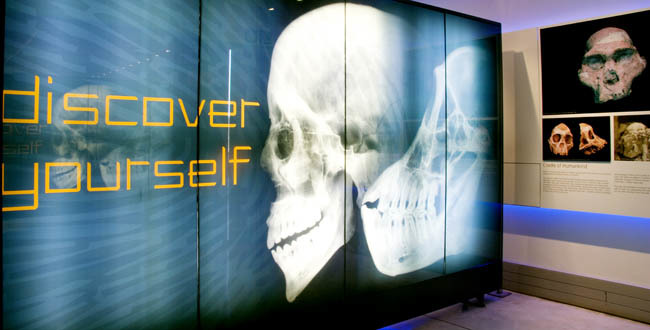
The scientific exhibition centre showcases a reconstruction of a mined cave, cave formations and geology, early life forms, mammals and hominid fossils, among other topics. It describes in detail important finds, such as “Mrs Ples”, the Taung Child and “Little Foot”, and provides information about fossilisation, palaeobotany and landscapes. The exhibition is guaranteed to intrigue visitors of all ages.
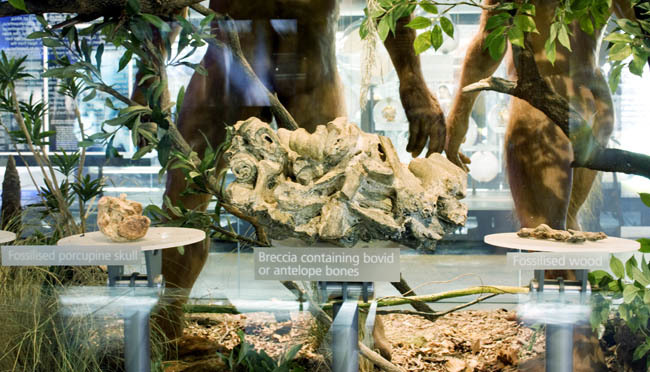
Sterkfontein Caves is a rich fossil site and many famous fossils, including “Little Foot”, have been discovered in the caves. Fossils found in the caves are covered in breccia, a rock composed of angular fragments of minerals or rocks in a matrix (cementing material), that may be similar or different in composition to the fragments. Fossils and artefacts are extracted from the cave site by drilling and breaking the breccia. The breccia is then chipped away from the fossils and stone tools with small chisels and airscribes (power tools used to separate fossils from rocks).
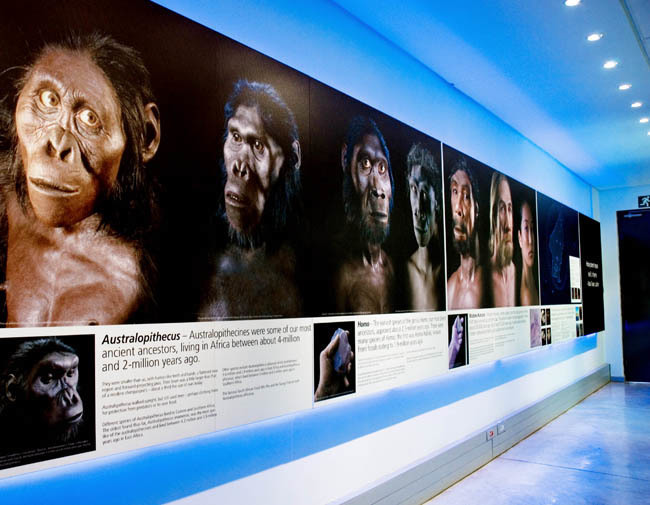
There were many different species in the Australopithecus genus. More fossils of Australopithecus africanus, which lived between 3-million and 2-million years ago, have been found at the Cradle of Humankind than any other hominid species. The first adult specimen of an Australopethicus was discovered in 1936 at Sterkfontein by Dr Robert Broom, a palaeontologist and the director of the Transvaal Museum .
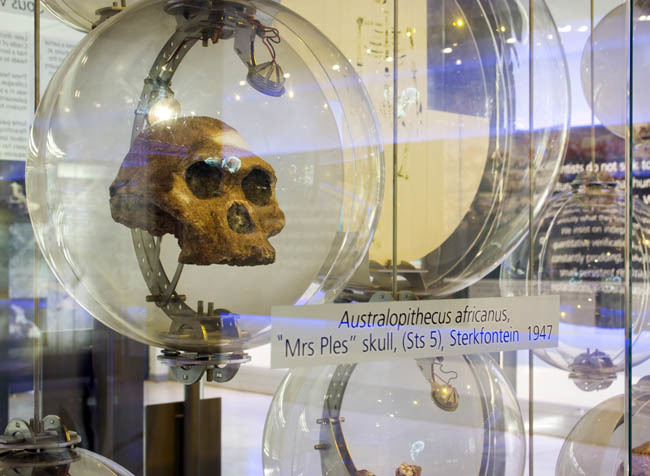
“Mrs Ples” is the most complete skull of an Australopithecus africanus specimen ever discovered. The skull was found encased in breccia at Sterkfontein in 1947 by palaeontologist Dr Robert Broom and his assistant, John Robinson. The discovery of “Mrs Ples” helped to highlight the view that humankind was born in Africa – a theory that most scientists were sceptical of at the time.
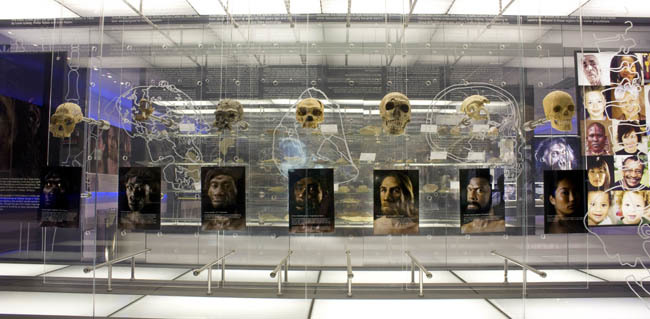
Charles Darwin argued that all species of life on Earth are interrelated and have a common ancestry, dating back to the earliest forms of life. Evidence supporting this theory can be seen in hominid fossils from the Sterkfontein Caves and other sites in the Cradle of Humankind. These fossils show that our early hominid ancestors had human-like teeth and could walk on two legs, but that they also had several ape-like features, including small brains.
The Sterkfontein Caves are owned by the University of the Witwatersrand, whose scientists have been responsible for the main excavations of the World Heritage Site. They are credited with many of the famous discoveries, including the world famous “Mrs Ples” and “Little Foot”, an almost complete Australopithecus skeleton dating back more than 3-million years.
If you would like to see more pictures of Maropeng, visit our Flickr group or our Facebook Fan page.